
E-mail: font@focusonnature.com
Phone: Toll-free in USA 1-800-721-9986
or 302/529-1876; Fax: 302/529-1085
 |
PO
Box 9021, Wilmington, DE 19809, USA E-mail: font@focusonnature.com Phone: Toll-free in USA 1-800-721-9986 or 302/529-1876; Fax: 302/529-1085 |
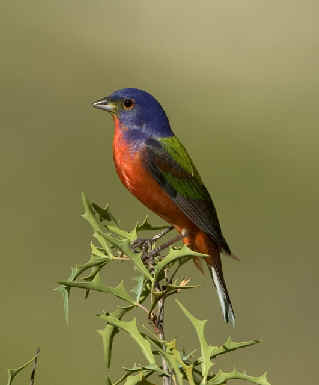 North
Carolina Tour
North
Carolina Tour
Photo at right: Painted Bunting,
one of our favorites during the
tour
(this photograph by Clair
de Beauvior)
Dates & Codes:
May 28-31, 2009
(t): a globally threatened or rare species, designated by Birdlife International
(t1): critical (t2): endangered
(t3): vulnerable
(nt): a near-threatened species globally
(i): introduced species
Links:
Cumulative List of Birds during FONT North Carolina Tours
A list of Mammals & Other Wildlife during our
May '09 tour in North Carolina follows the bird-list.
North
Carolina Mammals (Land & Sea)
North Carolina Butterflies, Dragonflies, & Damselflies
North Carolina Amphibians & Reptiles
Upcoming FONT North American Birding & Nature Tours
Bird-List:

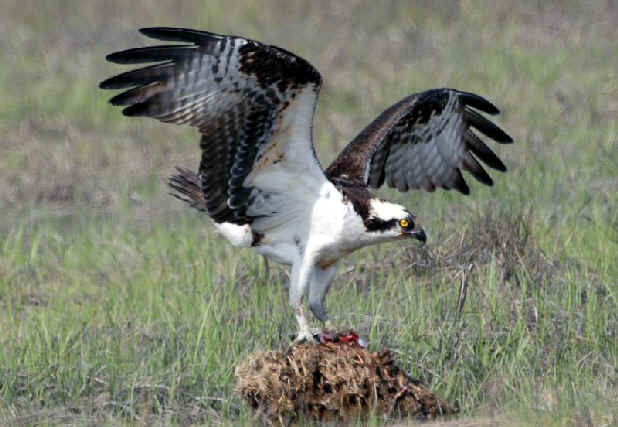
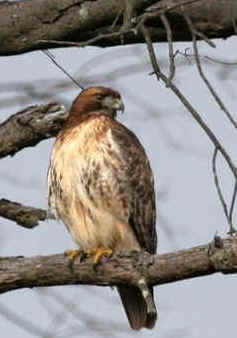

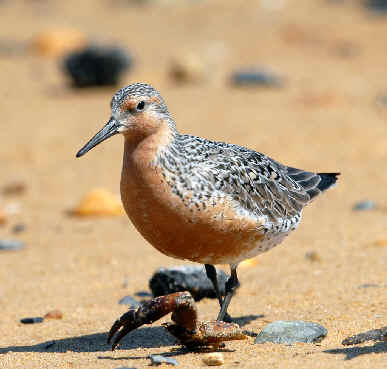
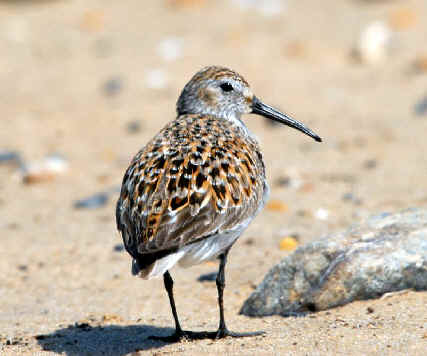
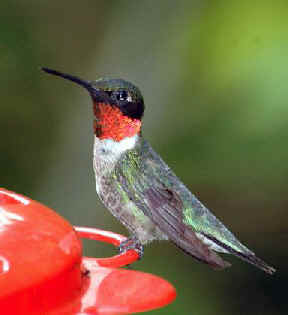
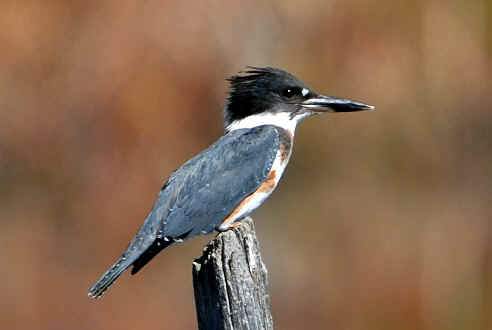
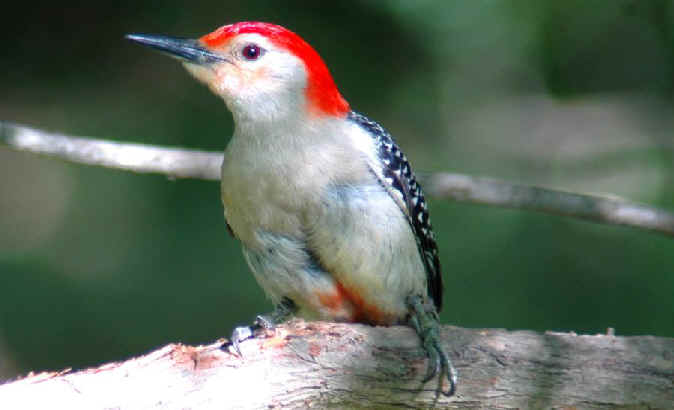
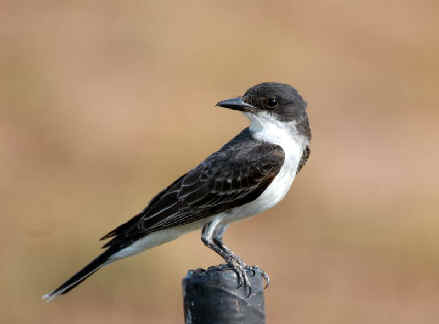
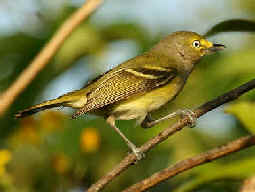

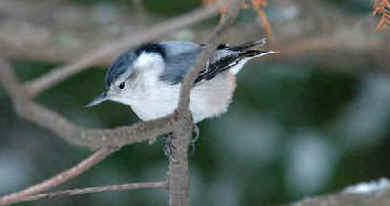


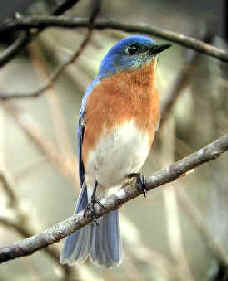
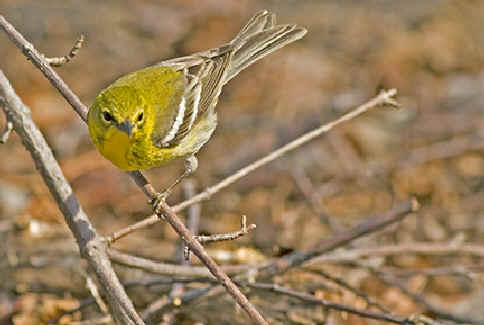

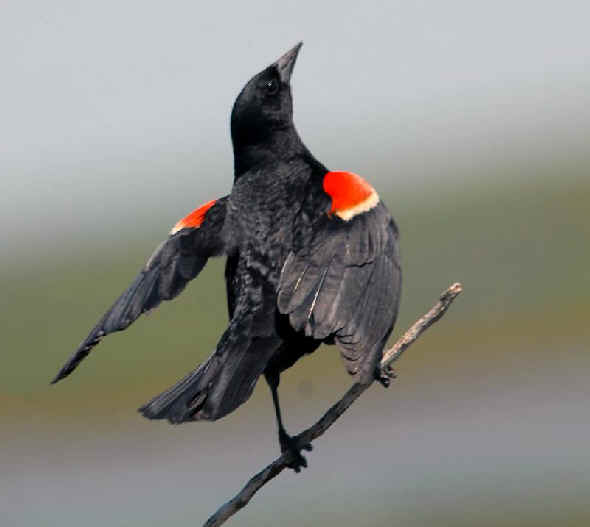


![]()
Mammals and some Other Nature
in North
Carolina
during the FONT tour in
May 2009
Mammals:
1. Eastern Cottontail
Sylvilagus floridanus
2. Muskrat
Ondata zibeicus
3. Eastern Gray Squirrel
Sciurus carolinensis
4. Eastern Fox Squirrel
Sciurus niger
5. Northern Raccoon
Procyon lotor
6. White-tailed Deer
Odocoileus virginianus
Amphibians & Reptiles
7. Eastern Musk Turtle
Sternotherus odoratus
8. Eastern Box Turtle
Terrapone carolina
9. Carolina Anole
Anolis carolinensis
10, Eastern Fence Lizard
Scelopus undulatus
11. Cottonmouth
Agkistrodon piscivorus
To Top of Page